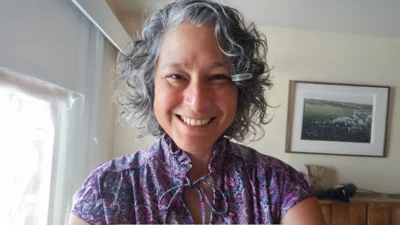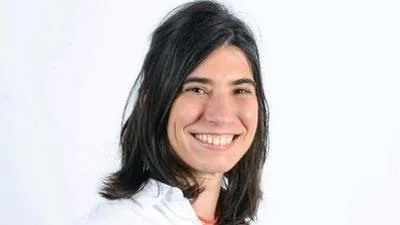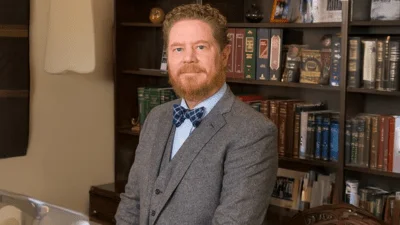Researchers at The University of New Mexico Health and Health Sciences are conducting a groundbreaking study to test ski equipment that claims to prevent serious injuries. Led by Christina Salas, PhD, a biomedical engineer and associate professor in the UNM School of Medicine’s Department of Orthopedics, the team is using a hand-built machine, cadaver limbs, and real ski equipment to determine if these ski bindings can actually prevent ACL injuries.
In an interview, Dustin Richter, MD, an associate professor in Sports Medicine at the UNM School of Medicine, emphasized the prevalence of ACL injuries among athletes involved in snow sports, especially skiing. He stated, "It's one of the most common injuries that we treat."
While some ski equipment on the market claims to prevent ACL injuries, Richter noted that these claims have only been shown in computer models and have never been tested on humans or cadaveric specimens. Salas and her team aim to change that. They are using a machine in the lab to recreate the activities that cause ACL injuries while downhill skiing. The team is also testing cadaver limbs to determine the force required to rupture the ACL and evaluating three different ski bindings to see if they release the ski boot before the ACL ruptures.
Salas explained that they are still in the early stages of the research and are attempting to reproduce a theoretical injury. She acknowledged the challenges of implementing engineering design protocols without the aid of a robot. However, Salas and her team have made significant progress since the project began in 2019, thanks to a $25,000 grant awarded to them. This grant enabled the purchase of bindings, cadaveric specimens, and the overall study design.
The ski binding study was initially conceived by two former UNM resident physicians, Chris Kurnik, MD, and Benjamin Albertson, MD, who are avid skiers themselves. They enlisted the help of Salas and Richter to bring their idea to fruition. Although Kurnik and Albertson have since completed their medical residencies at UNM and started their careers in other states, they continue to closely follow the progress of the study.
Richter expressed his hope that within the next six months, the team will not only identify the mechanism of injury but also test all the ski bindings. He aims to have conclusive results by the end of June. Depending on the outcome, further collaboration with industry partners in skiing may be necessary to refine the gear.
Salas emphasized that their work on injury prevention will continue, regardless of the study's results. She stated, "We have a huge impact on patient care, even without having that one-to-one patient interaction." The team's findings have the potential to benefit not only New Mexicans but also communities worldwide.
For more updates on the research, visit the UNM HSC Instagram page.









